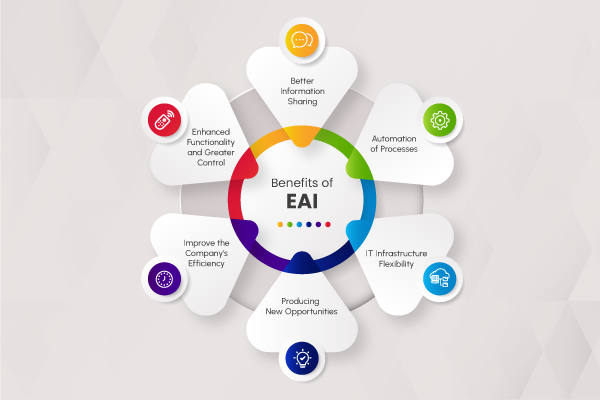In today’s fast-paced digital landscape, small and medium-sized enterprises (SMEs) face unique challenges that require them to be agile, efficient, and innovative to stay competitive. One of the most significant advantages that SMEs can leverage is integration—specifically, the integration of various software applications and platforms. By seamlessly connecting different systems, SMEs can streamline their operations, enhance productivity, and deliver superior customer experiences.
1. Streamlining Operations
One of the most immediate benefits of integration for SMEs is the ability to streamline operations. Many businesses use multiple software applications to manage different aspects of their operations, such as customer relationship management (CRM), enterprise resource planning (ERP), sales, marketing, and communication. However, when these systems operate in silos, it can lead to inefficiencies, data inconsistencies, and a lack of visibility across the organization.
Integration bridges these gaps by enabling seamless data flow between different applications. For example, integrating your CRM with your ERP system ensures that customer data is automatically updated across both platforms. This eliminates the need for manual data entry, reduces the risk of errors, and saves valuable time. As a result, SMEs can focus on core business activities rather than getting bogged down by administrative tasks.
2. Enhancing Productivity
For SMEs, productivity is often tied directly to profitability. With limited resources and smaller teams, it’s crucial that every member of the organization operates at peak efficiency. Integration plays a key role in enhancing productivity by automating repetitive tasks and providing employees with the tools they need to work more effectively.
Consider the case of sales and marketing teams. By integrating marketing automation tools with CRM software, SMEs can ensure that leads are automatically captured, nurtured, and passed on to the sales team at the right time. This not only speeds up the sales cycle but also improves the quality of leads, as marketing data is used to target the right prospects more accurately.
Similarly, integration can improve internal collaboration by linking communication tools with project management platforms. This ensures that all team members are on the same page, with real-time access to project updates, task assignments, and deadlines.
3. Delivering Superior Customer Experiences
In today’s competitive market, customer experience is often the differentiating factor between success and failure. SMEs need to deliver consistent, personalized, and timely interactions to keep customers satisfied and loyal. Integration plays a crucial role in achieving this by providing a unified view of the customer.
When CRM, sales, support, and marketing systems are integrated, SMEs can gain a 360-degree view of each customer’s journey. This allows businesses to tailor their interactions based on customer behavior, preferences, and history. For example, support teams can access a customer’s purchase history and previous interactions to provide more informed and personalized assistance.
Moreover, integration enables real-time data synchronization across channels, ensuring that customers receive consistent messaging and offers, whether they’re interacting with your business online, via email, or in person. This level of personalization not only enhances customer satisfaction but also drives customer retention and loyalty.
4. Scalability and Growth
For SMEs, scalability is a critical factor in long-term success. As businesses grow, they need to be able to scale their operations without facing significant disruptions. Integration provides the foundation for scalability by enabling businesses to easily add new systems, applications, and processes as they expand.
For instance, as an SME grows, it may need to implement new software solutions to manage increased demand, such as a more robust ERP system or advanced analytics tools. With an integrated infrastructure, these new systems can be seamlessly connected to existing applications, allowing for smooth transitions and minimal downtime.
Furthermore, integration allows SMEs to take advantage of emerging technologies, such as artificial intelligence (AI) and machine learning, which can be integrated into existing workflows to enhance decision-making and drive innovation.
Conclusion: Cobalt—Empowering SMEs Through Seamless Integration
The benefits of integration for SMEs are clear: streamlined operations, enhanced productivity, superior customer experiences, and scalable growth. However, achieving these benefits requires the right tools and expertise.
This is where Cobalt comes in. Cobalt acts as a co-pilot for engineering teams, helping them build and manage native product integrations from a single SDK. With Cobalt, teams can launch integrations and new workflows in days rather than months, without the need to worry about writing boilerplate code, managing tokens, or maintaining APIs. Currently, Cobalt abstracts more than 120 API integrations across various applications, including CRM, ticketing, ERP, sales & marketing, HR, communication, and CDP, among others.
For SMEs looking to stay competitive and drive growth, leveraging Cobalt’s powerful integration capabilities can make all the difference. By simplifying the complexities of integration, Cobalt empowers SMEs to focus on what they do best—delivering value to their customers and scaling their businesses to new heights.










Leave a Reply